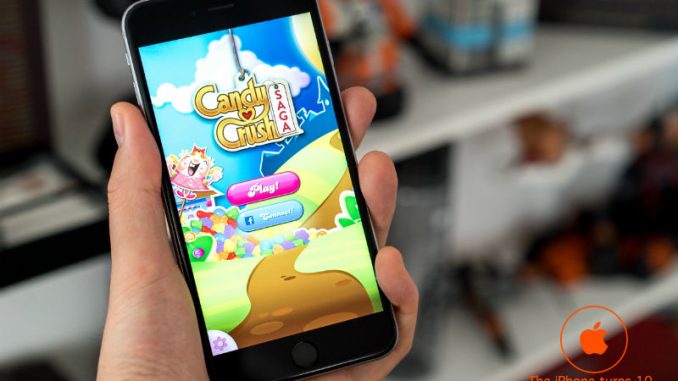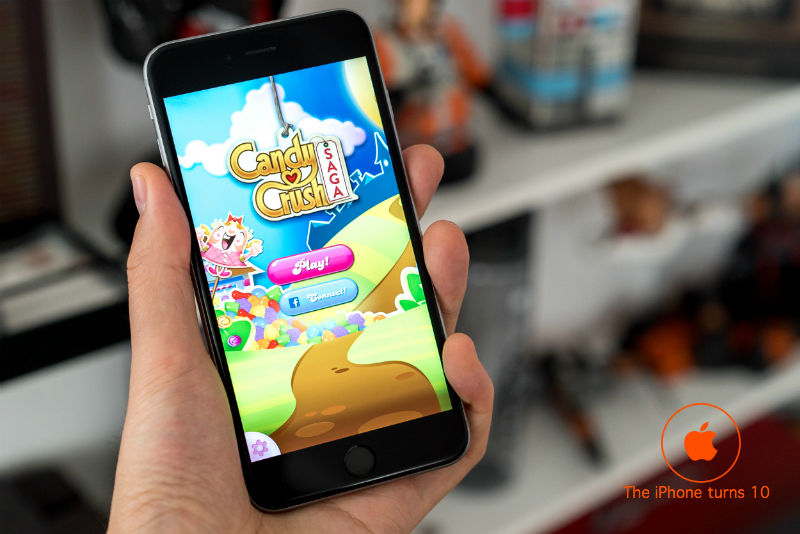

In the heart of Stockholm, Sweden, mobile games developer King has built its own forest. Alongside Earth-toned carpeting and plywood trees are walls coated in Norwegian lichen. Instead of the harsh glow of a fluorescent strip, there are ambient lights that change hue with the seasons. Instead of chairs there are ceiling-hung wicker baskets and long maple desks with multicoloured stools. Along the floor is an artificial stream that scans the footsteps of employees, allowing them to interact with virtual fish and insects. In the winter, the stream freezes over, lending an audible crunch to each footstep.
Such extravagance is hardly extraordinary for the startups and venture capitalists that have spread across California’s so-called Silicon Valley (Airbnb has its own makeshift forest, complete with taxidermied raccoon). But for the companies that build their fortunes on the fickle market of mobile games, success is far from guaranteed. King is one of the lucky ones. It has, in its finer moments, raked in profits of half a billion dollars in a single year. So compelling were its profits that publishing giant Activision Blizzard swallowed it up for $5.9 billion in 2015.
Few could have predicted the meteoric rise of King, which began life in 2003 creating middling browser-based video games. Like others that had struggled to develop a foothold in the industry—Rovio, Chillingo, and Supercell, to name but a few—King’s fortunes changed when Apple, having released the first iPhone in 2007, finally caved to pressure from developers and released a native software development kit one year later.
The first native game for the iPhone came from Apple. Touch Fighter, unveiled alongside the SDK, might have been a mere tech demo, but the OpenGL graphics and touch and motion controls it pioneered became a blueprint for third-party developers. “I don’t have a joystick on here or a four-button toggle control. How do I steer?” asked Apple’s Scott Forstall during the demo. “We’ve got a three-axis accelerometer built in, so all I have to do is move the phone around!”
[Source”cnbc”]
